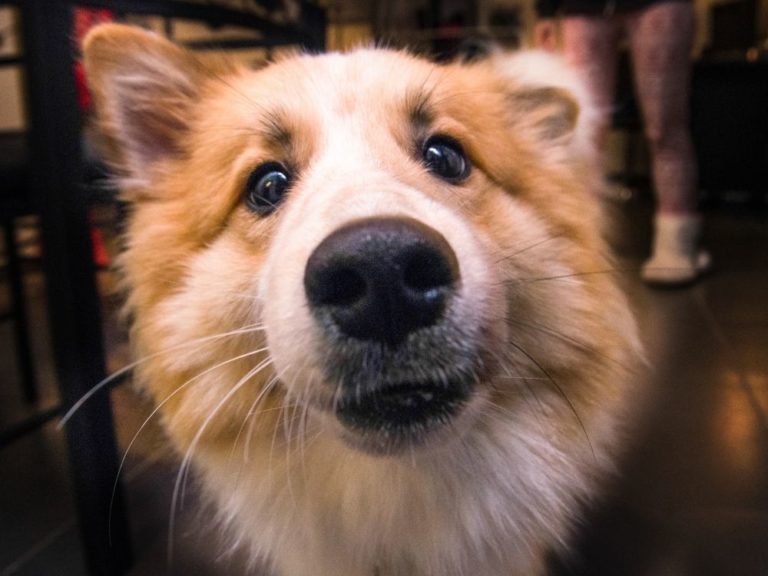A lot of dog owners assume that their dog’s whiskers are nothing but oversized hairs that make their dogs look untidy, and some even go ahead and trim their dog’s whiskers. In reality, however, your dog’s whiskers are very important enhancements with multiple purposes.
First, whiskers help your dog convey emotions. What your dog is doing with its whiskers can help you determine how they are feeling. Whiskers also act as radar sensors and help protect your fido’s eyes, but these are not their only functions. Below, let’s look at 7 surprising facts about your dog’s whiskers.
7. Whiskers Convey Emotions
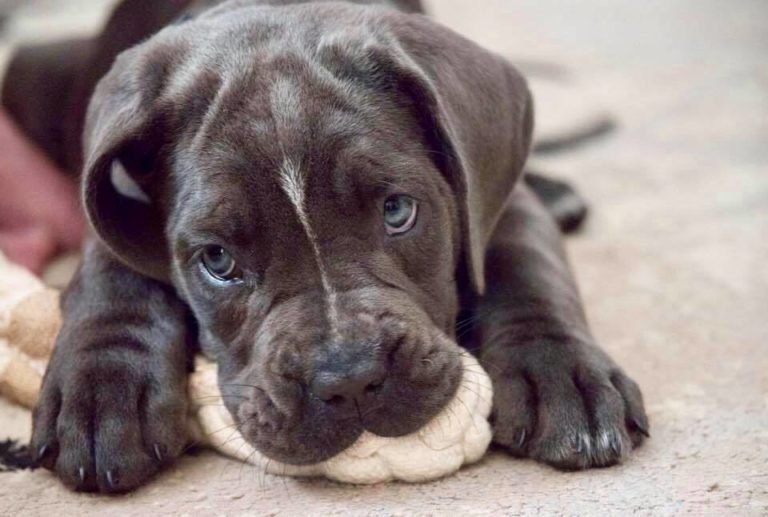
Your dog’s whiskers can also give you clues as to what your dog is feeling. For instance, when your dog is feeling threatened, its whiskers will tend to flare and point forwards towards the threat. This shows that the dog is about to get aggressive.
When your dog is restful and relaxed, you’ll notice that its whiskers look relaxed. Similarly, when your dog is happy, you’ll notice that its whiskers will be elevated upwards.
6. Whiskers Help You Dog Determine Wind Direction
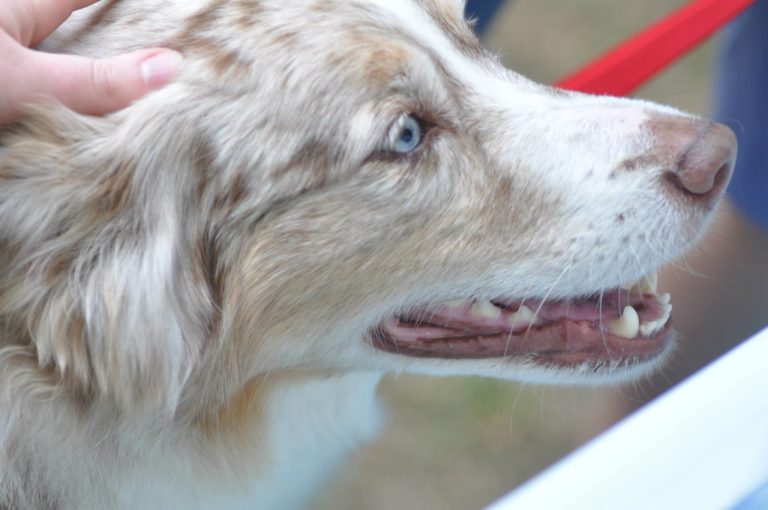
Whiskers also provide your dog with spatial awareness, especially in the dark, by helping them determine distances to objects.
As dogs move through their environment, they disrupt the air around them, causing miniature air currents. These air currents bounce off objects in your dog’s path and are then perceived by your dog’s whiskers, thus helping them determine how far away objects are, as well as the object’s size and shape.
5. Whiskers Help Dogs Determine The Size Of Openings

Dogs have a set of whiskers located on the side of the cheek, which are known as genal whiskers. The purpose of these whiskers is to help a dog determine the size of an opening.
Genal whiskers spread out as wide as the dog’s head. If the dog’s genal whiskers can touch the sides of a hole or opening, then the dog is unlikely to fit through the opening.
4. Finding Items Located Under Their Nose
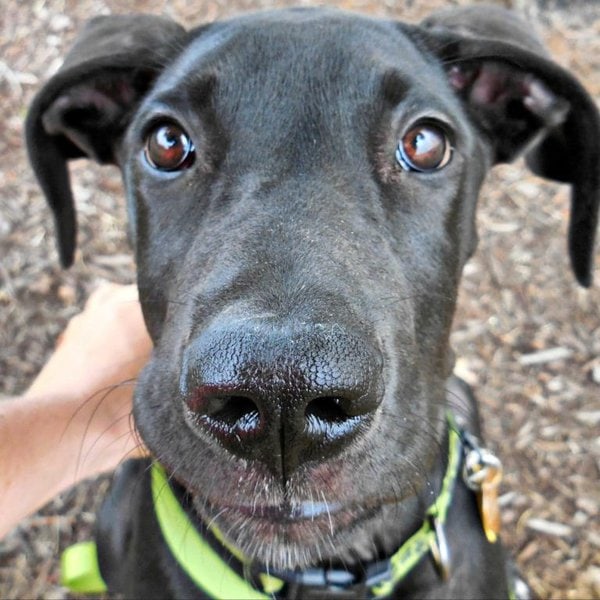
Due to their elongated snout, dogs cannot see what is below their nose. However, they need awareness of what is below their nose, such as when feeding from a bowl, or when they are tracking scents close to the ground.
The whiskers located below a dog’s chin, known as interramal tufts, are what help a dog to determine what is below its snout by providing tactile response.
3. Whiskers Protect A Dog’s Eyes
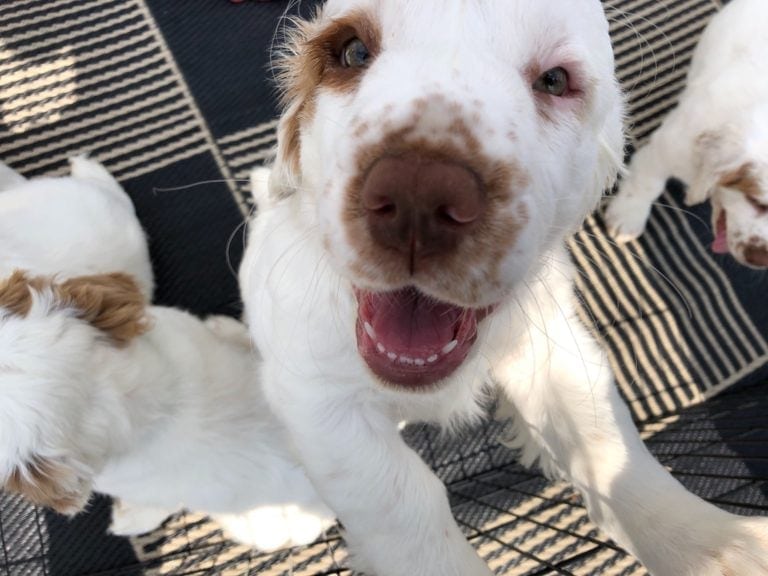
Dogs also have another set of whiskers close to the eyes known as supraorbital whiskers. The purpose of these whiskers is to protect your dog’s eyes.
When something touches these whiskers, this sends a signal to your dog’s brain that there is a possibility of getting poked in the eye, or getting unwanted substances like dust in the eyes. This in turn triggers a blinking response, thus keeping your dog’s eyes safe.
2. Whiskers Act As Radar Sensors
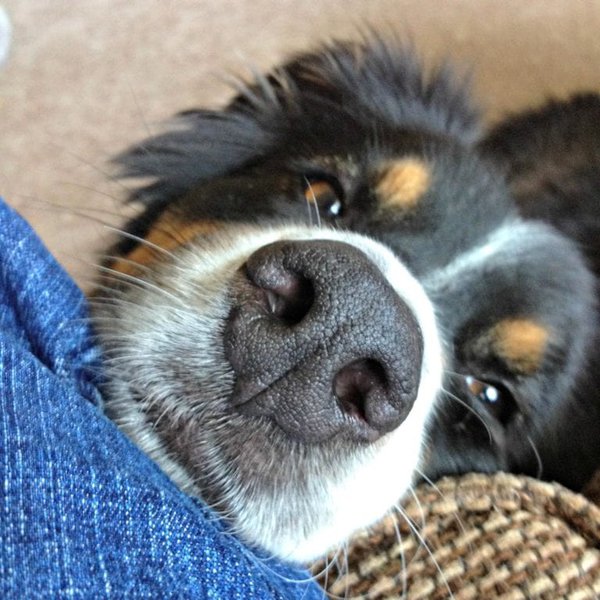
When a dog puts its snout up in the wind, the movement of its whiskers can help determine wind direction. Dogs can use this to determine where a scent is coming from.
This can be useful for helping dogs determine the direction of an animal they are hunting. Before dogs became domesticated, this also helped them locate the rest of their pack members.
1. Whiskers Help Your Dog Locate Things At Night
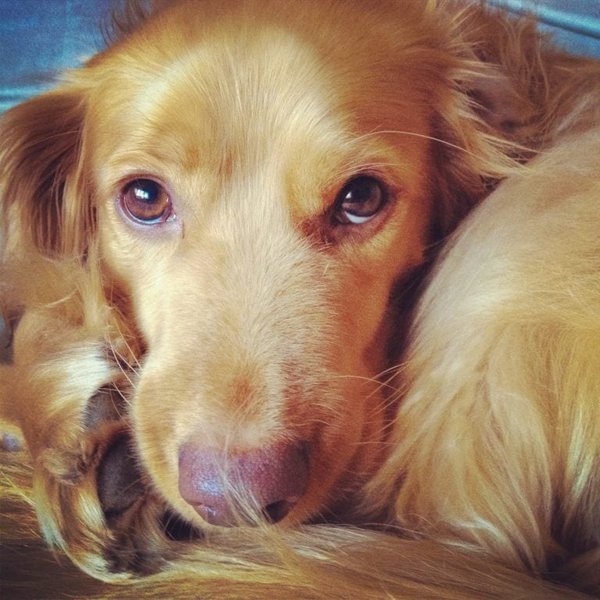
While dogs have better night vision than humans, their vision is still significantly reduced, yet dogs are able to locate things like their food bowl, even in the darkest of night. How do they do this?
In darkness, dogs use whiskers to determine the accurate location of something that is close to them. You can compare it to how you use your fingers at night to grope around and find where you placed your phone.
Related Questions
Does It Hurt When A Dog Loses A Whisker? This depends on the manner in which the dog loses the whisker. Like other hairs on your dog, whiskers do not have any blood vessels or nerves, so it doesn’t hurt when a whisker is cut off. However, if the whisker is plucked, this can really hurt your dog and can even cause bleeding.
Do Dogs Whiskers Grow Back If They Are Pulled Out? It is possible for dog whiskers to grow back if plucked, provided the root did not get damaged. However, having a whisker plucked out can be very painful for your dog. If the whisker was cut off, however, rather than plucked off, it will grow back like any other hair.
Why Do Groomers Cut Dog’s Whiskers? Dog groomers cut off a dog’s whiskers because some dog owners love the clean-cut face of a dog whose whiskers have been trimmed. However, it is not advisable to cut your dog’s whiskers, since this will affect your dog’s ability to sense and navigate through the environment.

